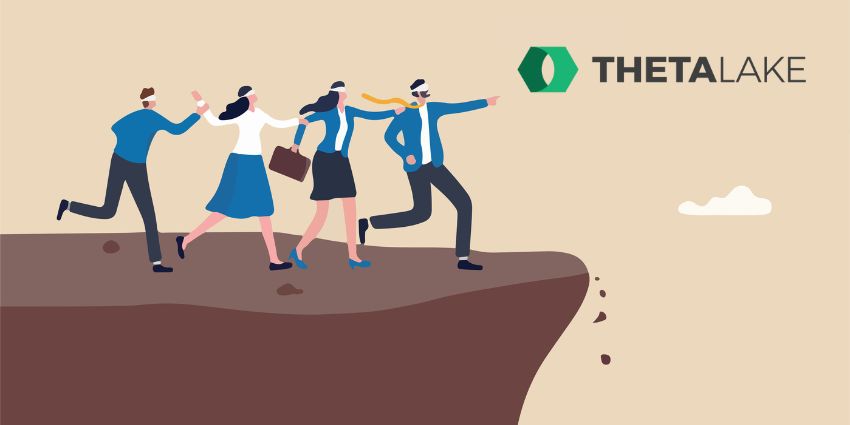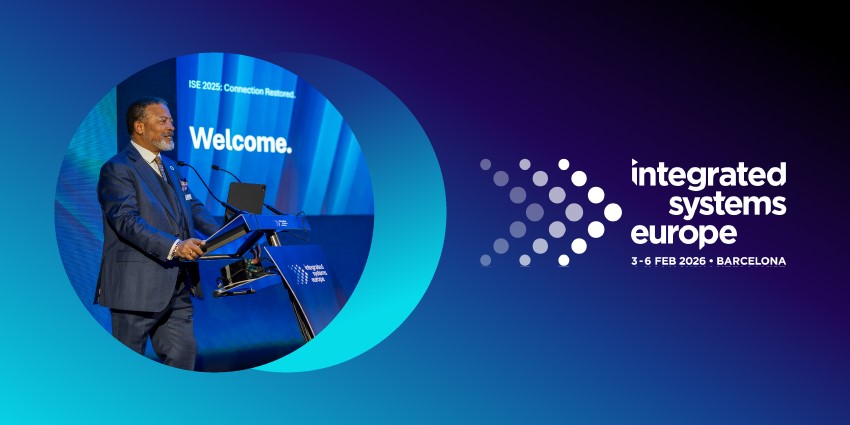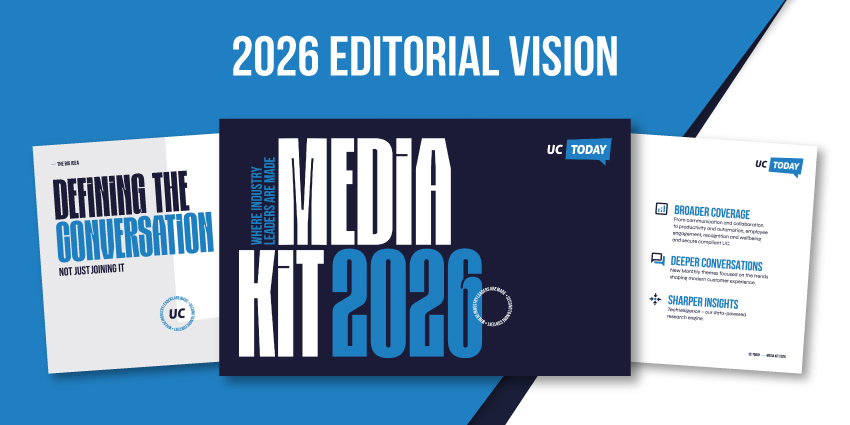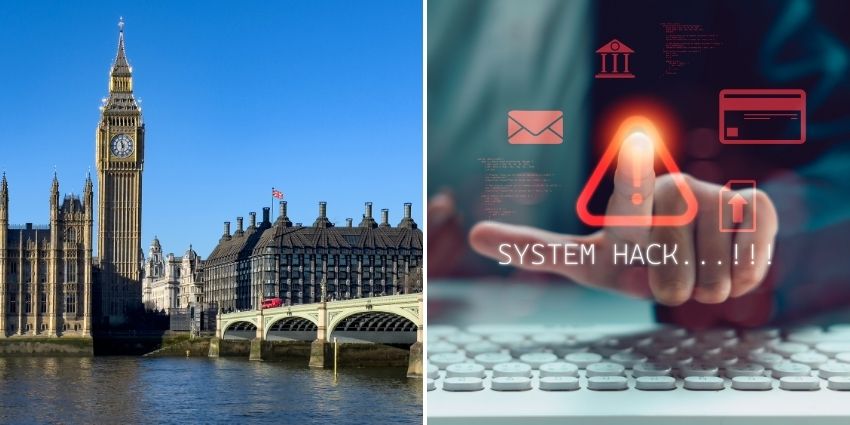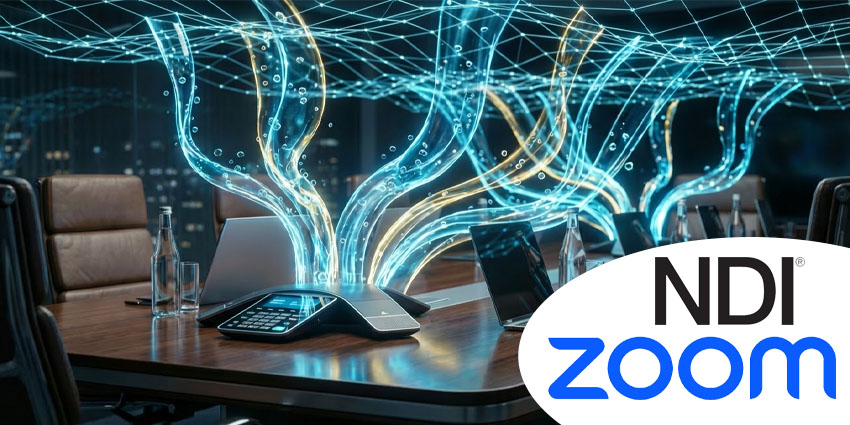Unified communications has always been at the centre of workplace transformation, and its role in driving productivity is only accelerating. We’ve watched the rapid rise of Microsoft Teams, Zoom, and now AI assistants like Copilot and AI Companion. These tools have become essential to the modern workplace, offering measurable productivity gains.
Yet, the governance frameworks haven’t evolved beyond the guardrails around LLM, access controls, authentication, tokenization, structured data monitoring, and logging. The growing blindspot is where the volume of activity is and that is in the communications and content created when humans and AI interact, and soon, when agentic AI interacts with other AI tooling. While CIOs and their teams are racing to enable their AI tools to achieve more productivity and get ahead of shadow AI usage, they are behind in being able to monitor, inspect, and respond to risk in the new behaviors and the enormous wave of communications and content that AI brings. All this leaving CIOs exposed to risks that can no longer be ignored.
The Productivity Payoff and the Shadow AI Risk
The benefits of AI adoption are real. In the UK, a government pilot involving 20,000 civil servants using Microsoft Copilot saved an average of 26 minutes per day. Zoom’s own surveys show that more than 90% of leaders and two-thirds of employees save at least 30 minutes daily with Zoom AI Companion. For CIOs, these results are irresistible: AI adoption promises to unlock enterprise-wide efficiencies.
But there’s a catch. Blocking or delaying access to these capabilities drives employees toward Shadow AI behaviors, such as pasting meeting transcripts into unsanctioned tools. The result is a dangerous mix of data privacy risks, questionable AI outputs, and complete loss of compliance oversight.
According to Garth Landers, Director of Global Product Marketing, Theta Lake:
The real risk isn’t AI itself – it’s the lack of visibility into how it’s being used day to day. Without inspection, you’re not governing, you’re guessing.
Survey Data Confirms the Governance Gap
According to Theta Lake’s 2025 Digital Communications Governance & Archiving Survey, 68% of organizations plan to expand their use of AI assistants, copilots, and agents this year. At the same time, 88% report governance and data security challenges. Nearly half of respondents struggle to ensure AI outputs meet compliance standards, another 45% say they cannot reliably detect confidential data exposure, and 41% admit to difficulties identifying risky end-user behaviours.
In short, most CIOs are deploying AI tools without the visibility required to know whether their guardrails are actually working, whether behaviours are safe, and whether compliance standards are being met.
The Inspection Imperative
To govern AI effectively, enterprises need efficient, easy-to-navigate, forensic-level visibility into the interactions of humans and AI tools, and AI-to-AI tools. They also need visibility into the content and the communication that is produced during interactions. It’s not enough to assume policies are working; CIOs must be able to validate outputs in real time. That means inspecting whether content is:
- Correct: Does the output include required disclaimers, disclosures, or legal boilerplate, and avoid fabricated references?
- Compliant: Does it steer clear of promissory language, market manipulation, or regulatory red flags?
- Safe: Is sensitive information, such as MNPI, strategic plans, or private data used correctly, and is it being shared with the right parties, not just in the initial interaction with AI, but over time when it is shared in chats, emails, project plans?
Inspection bridges the gap between intent and outcome, confirming that AI outputs align with internal policies and regulatory requirements while still driving productivity gains.
According to Jack Foster, SVP of Global Marketing, Theta Lake:
Inspection is the missing link between enthusiasm for AI and enterprise trust in AI content and communication. When CIOs can validate the safety of content outputs and understand if new interaction behaviors are appropriate, adoption accelerates without fear.
How Theta Lake Supports CIOs
Theta Lake delivers end-to-end capture, inspection, and intuitive investigation of AI-generated communications across prompts, responses, and ongoing sharing in communication tools across internal and external communications. Its AI Governance & Inspection Suite seamlessly and transparently integrates natively with Microsoft and Zoom as well as supporting ingestion of prompts and replies from any repository for any AI infrastructure.
For Microsoft Copilot, Theta Lake enables full-fidelity capture across M365 including Teams, Outlook, SharePoint, and OneDrive, with real-time detection for missing disclaimers and sensitive data exposure. For Zoom AI Companion, it governs meeting and phone summaries, identifying risky content and providing unified review workflows. It also detects unsanctioned AI notetakers like OtterPilot and Grain AI, enforcing enterprise policy where other solutions fall short.
The challenge isn’t whether to adopt AI, but how CIOs can expand it with confidence, end-to-end visibility, and the ability to implement informed compensating controls.
The CIO Imperative for 2025
Generative and agentic AI are redefining the way enterprises collaborate, creating new behaviors and a whole new class of AI Communications, but without robust governance, the risks can quickly outweigh the rewards. Theta Lake’s research shows that CIOs are moving fast on adoption, but flying blind when it comes to this last mile of oversight in the resulting interaction behaviour and content. Those who close the inspection gap now will not only stay safe but also gain a competitive advantage – unlocking compliant, intelligent collaboration at scale.
Dan Nadir, Chief Product Officer, Theta Lake, says:
The organizations that succeed will be the ones that make compliance an enabler, not a barrier. Governance doesn’t slow AI down – it makes it enterprise-ready.
The future of workplace productivity will be AI-enhanced. The future of compliance must be equally intelligent, unified, and ready to meet that challenge.
Related UC Today coverage:
